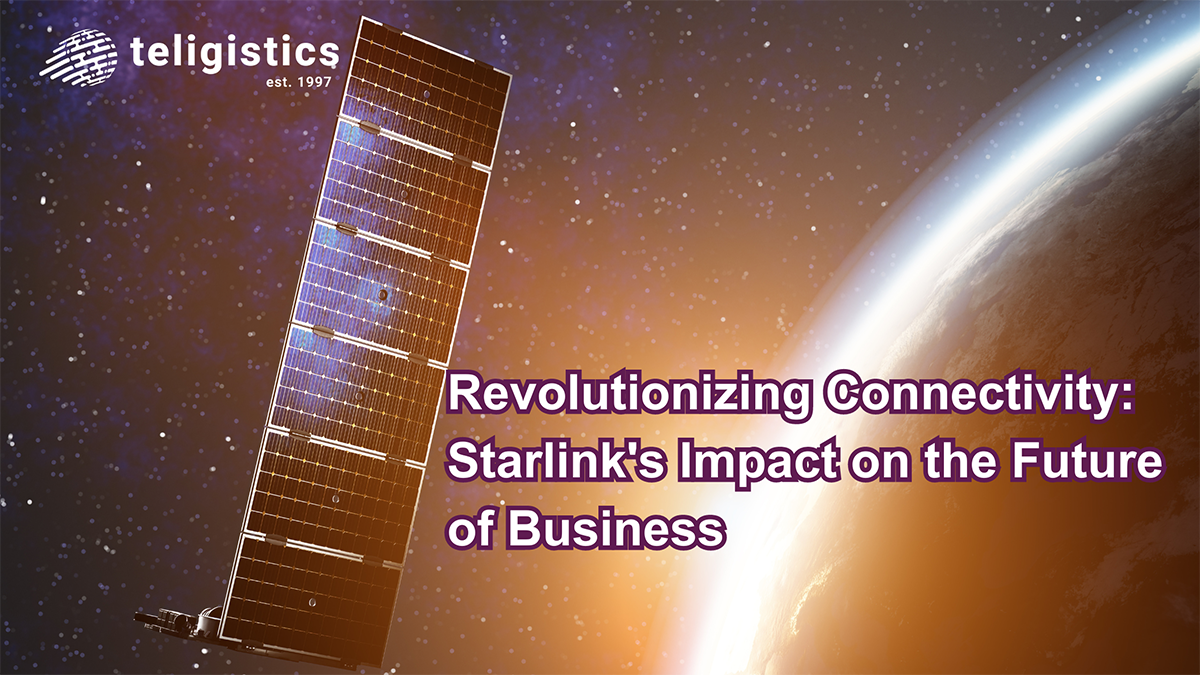New collaboration models transforming how companies leverage telecom resources

The telecommunications services world is changing as more businesses work to build collaboration into the core of how they operate. In years past, the idea of the social enterprise was leading organizations to explore how they can integrate social media channels into everyday apps and services so employees could communicate in intuitive ways. As cloud computing, file sharing, hosted voice and videoconferencing technologies have evolved, organizations now have new opportunities to embed collaboration into everyday processes.
A recent RCR Wireless report pointed that companies are, for all intents and purposes, becoming their own telecoms as they use a bit of programming know-how and emerging application tools to put communications services into as many of their apps as they can. This creates convenience for employees as they work together on projects and makes it easier for users to quickly launch into text messages or conference calls if needed.
“The value of more intuitive collaboration is difficult to deny.”
Considering the implications of this new collaboration environment
The value of more intuitive collaboration is difficult to deny. An Adobe study found that the ability to internalize mobile app strategies to fuel communication gains can give organizations a significant competitive edge. Businesses are going all-in on engaging customers with mobile solutions that give clients new ways to communicate and interact with the business. As companies engage in such strategies, they need to similarly revise their internal practices to reflect customer-facing functionality to keep employees engaged and working in the most intuitive ways possible.
This innovation adds up to create a flexible, adaptable enterprise collaboration environment in which apps, services and hardware are all delivered based on the whims of employees. The IT department is no longer a single source of control. Instead, they must mix-and-match a wide range of services and devices coming from diverse sources if they want to keep up with end-user demands. This doesn’t just create development and security challenges, it also transforms how organizations must look at practices like telecom expense management.
Emerging communication models dramatically alter telecom landscape
Traditionally, businesses have needed to focus primarily on managing phones, phone lines, dedicated telecom hardware, internet services and similar expenses within the telecom landscape. While this can easily add up to hundreds of endpoints in even a mid-sized company, the complexity ends up being much larger than it may appear. Besides devices, companies have voicemail services, caller ID, special plans for long distance calls, dedicated conferencing solutions and similar options that can all add to expenses. This created a combination of hard (device) and soft (service) costs that needed to be managed.
For a long time, telecom expense management systems existed to provide transparency into how those hard and soft services intersected so organizations could be sure they were paying for what they needed and not spending on resources that weren’t bringing value back to the business. This whole environment has become a bit muddled in the new enterprise telecom reality.
“The variables involved in telecom costing, resourcing and asset management are becoming mind boggling.”
With more people using personal mobile devices for work, businesses need to buy fewer phones. At the same time, software licensing gets attached to individuals accessing cloud apps, not copies of disks or people with server login credentials. These types of issues create some uncertainty as the ration of hard-to-soft expenses shifts heavily toward services. Think about bandwidth alone. Organizations have gone from having to worry about the occasional video event, general internet use and VoIP calls to video-on-demand services, apps that are using the internet for data access, built-in collaboration tools in those apps taking up more bandwidth and users spread across a wider range of locations and working with more flexible schedules.
All told, the variables involved in telecom costing, resourcing and asset management are becoming mind boggling, creating an environment in which telecom expense management is incredibly important. Businesses may not be trying to untangle the expenses of a few hundred office phones anymore, but they are instead trying to figure out precisely how much bandwidth they need at different times of the day to ensure they always have just enough to ensure everybody can work properly, but aren’t spending through the teeth to support the occasional demand spike.
Enterprise mobility management systems can work alongside TEM platforms to help organizations gain visibility into all telecom activity, whether it happens on a corporate or personal device, and understand the best service plans relative to those needs.
Related Articles

Exciting Insights into Business Technology Trends for 2025
Technology evolves at lightning speed, and the innovations expected to dominate the business world in 2025 are nothing short of extraordinary.

Teligistics Significantly Reduces Disconnect Notices by 63% for a Client
Teligistics is a leading expense management firm specializing in providing our clients with comprehensive solutions for managing telecom and technology expenses.

Revolutionizing Connectivity: Starlink’s Impact on the Future of Business
Connection is key to running a business, large or small. Even so there are no guarantees for businesses with locations out in remote areas or


